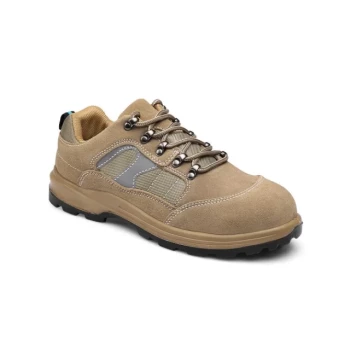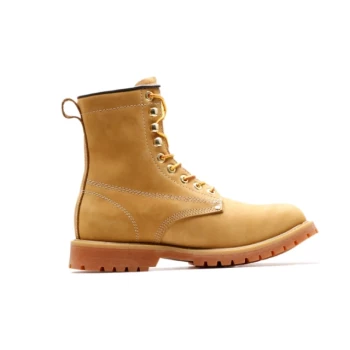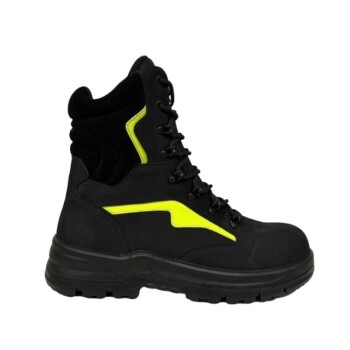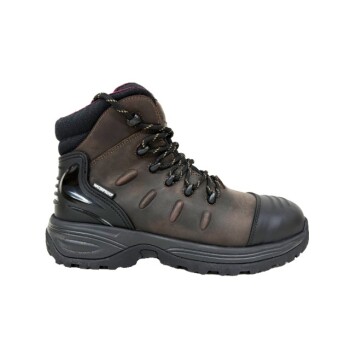In short, a taller boot shaft directly increases both warmth and protection. By covering more of your leg, a taller boot creates a larger barrier against the elements, retaining more body heat and shielding you from environmental hazards like deep snow, water, and debris.
While a taller boot shaft provides greater surface area coverage, the boot's true effectiveness is determined by the combination of its height, insulation, and upper material. Height is only one part of the protective equation.
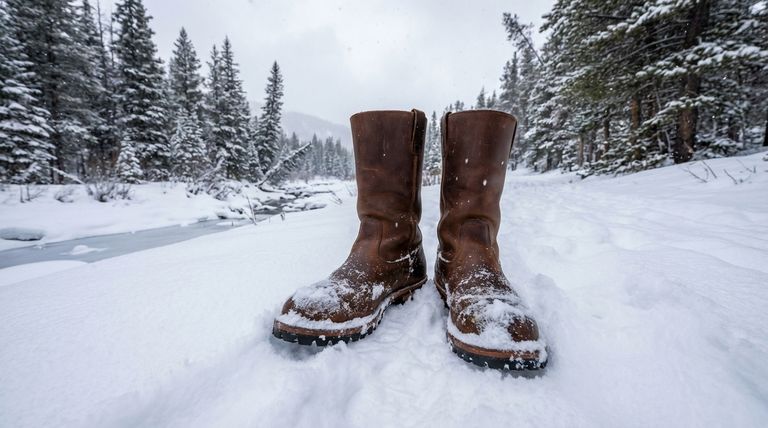
The Core Principle: Coverage Equals Control
The fundamental advantage of a taller boot shaft is increased coverage. This simple physical principle has direct consequences for both thermal regulation and physical safety.
How Height Impacts Heat Retention
Your lower legs are a significant source of heat loss. A taller boot shaft acts like a longer sleeve on a jacket, trapping the warm air your body naturally generates.
This effect is magnified exponentially by insulation. An insulated mid-calf boot will always be warmer than an uninsulated ankle-high boot, even in moderately cold conditions. In sub-zero temperatures, the added coverage of a mid-calf design becomes critical for preventing heat loss.
How Height Enhances Physical Protection
A boot shaft is a shield. The taller the shaft, the larger the shield and the more it protects you from the environment.
This includes protection from moisture seeping in from deep snow or puddles, impacts from rocks or branches, and abrasions when moving through rough terrain.
Context is Everything: Shaft Height in Action
The ideal shaft height is entirely dependent on your intended use and environment.
Ankle-High Boots: Mobility and Light Duty
Ankle-high boots offer the most flexibility and are ideal for maintained trails or urban environments where you won't encounter deep snow, mud, or significant debris. Their protection is limited to the foot and ankle.
Mid-Calf Boots: The Balanced Performer
This is often the sweet spot for serious winter activities. Mid-calf boots provide a substantial increase in warmth and protection over ankle boots, making them suitable for moderate snow and colder temperatures without being overly restrictive.
Tall (Knee-High) Boots: Maximum Defense
Reserved for the most extreme conditions, knee-high boots offer maximum protection from deep snow, standing water, and significant workplace hazards. They provide the highest level of warmth and environmental sealing.
Understanding the Trade-offs
Choosing a boot is an exercise in balancing competing needs. A taller shaft offers more protection but comes with clear compromises.
Protection vs. Mobility
The most significant trade-off is mobility. Taller, more rigid boots can restrict ankle movement, making them feel heavier and more cumbersome during high-exertion activities.
The Critical Role of Material
Shaft height means little if the material isn't suited for the task. A tall shaft made of full-grain leather provides excellent natural durability and water resistance.
Conversely, shafts made from synthetic materials like microfibre can offer superior resistance to abrasion and chemicals. The height provides the coverage, but the material dictates the quality and type of protection you receive.
Choosing the Right Shaft Height for Your Needs
Match the boot's design to your most common environment to ensure you have the right tool for the job.
- If your primary focus is everyday use in mild conditions: Ankle-high boots provide sufficient protection with maximum comfort and mobility.
- If your primary focus is winter hiking and snow activities: Mid-calf boots offer the necessary balance of warmth, protection from the elements, and flexibility.
- If your primary focus is deep snow or extreme environments: Taller, knee-high boots are non-negotiable for keeping you warm, dry, and safe.
Ultimately, selecting the correct shaft height is about matching the level of coverage to the demands of your environment.
Summary Table:
| Shaft Height | Best For | Warmth Level | Protection Level |
|---|---|---|---|
| Ankle-High | Everyday use, mild conditions, urban environments | Low | Basic (foot/ankle) |
| Mid-Calf | Winter hiking, moderate snow, colder temperatures | Medium-High | Substantial (increased coverage) |
| Knee-High | Deep snow, extreme environments, workplace hazards | Maximum | Maximum (full lower leg) |
Need the Perfect Boot for Your Specific Environment?
As a large-scale manufacturer, 3515 produces a comprehensive range of footwear for distributors, brand owners, and bulk clients. Our production capabilities encompass all types of shoes and boots, ensuring you get the exact combination of shaft height, insulation, and durable materials your customers need.
Let us help you equip your customers with the right protection: Contact our experts today to discuss your requirements
Visual Guide
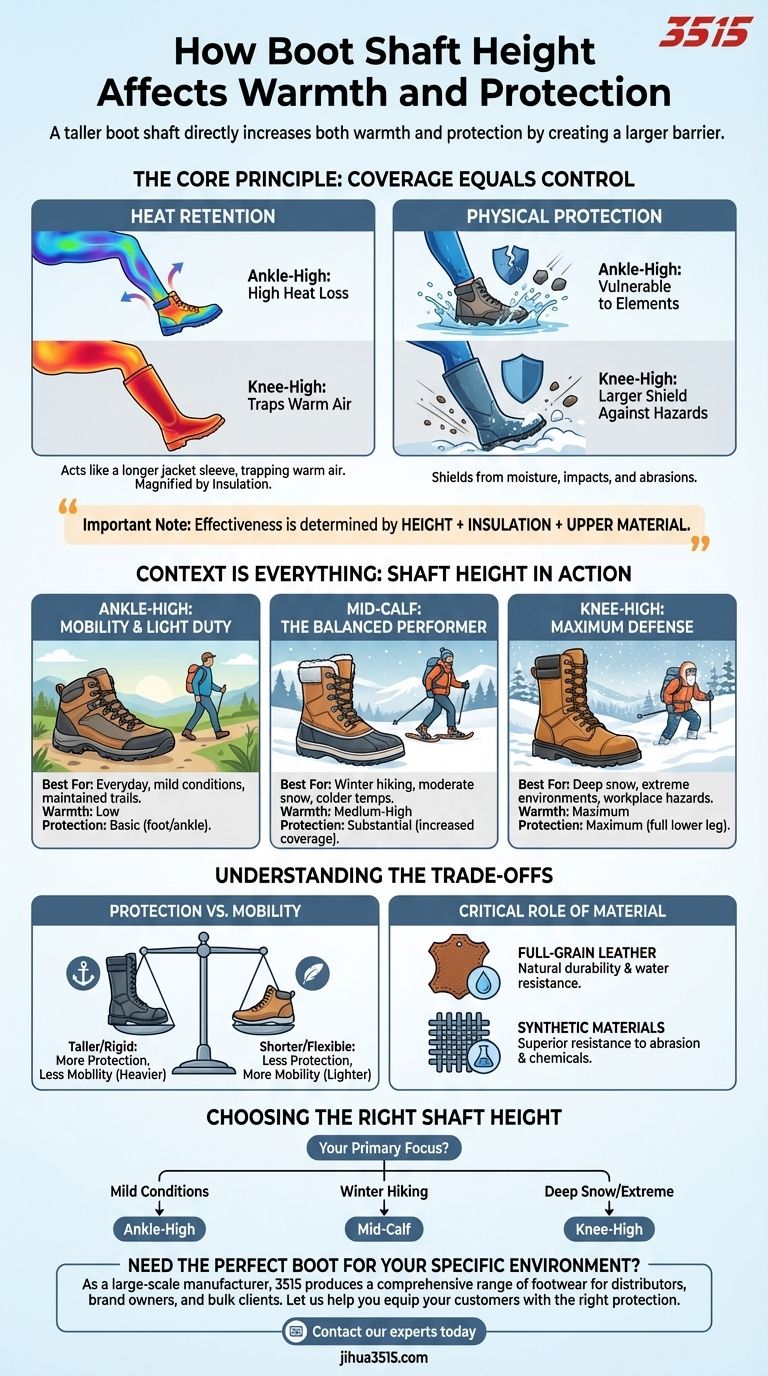
Related Products
- Wholesale Safety Boots Manufacturer for Custom & Private Label Orders
- High Performance Fire-Retardant Waterproof Safety Boots
- Premium High-Cut Waterproof Safety Boots Manufacturing & Wholesale Solutions
- Heavy-Duty Waterproof Nubuck Safety Boots Safety Shoes for Bulk Supply
- Durable Goodyear Welt Leather Work Boots for Wholesale & Private Label
People Also Ask
- What does ASTM F2413-18 standard cover? Your Guide to U.S. Safety Toe Footwear Ratings
- What advice is given for selecting the right boots? A Step-by-Step Guide to Finding Your Perfect Fit
- What tips should be followed when buying oilfield work boots? Choose the Right PPE for Safety & Comfort
- What are the features of lace-up work boots? Achieve Maximum Safety and All-Day Comfort
- When are employers not required to pay for safety shoes? Understand OSHA's payment exceptions.
